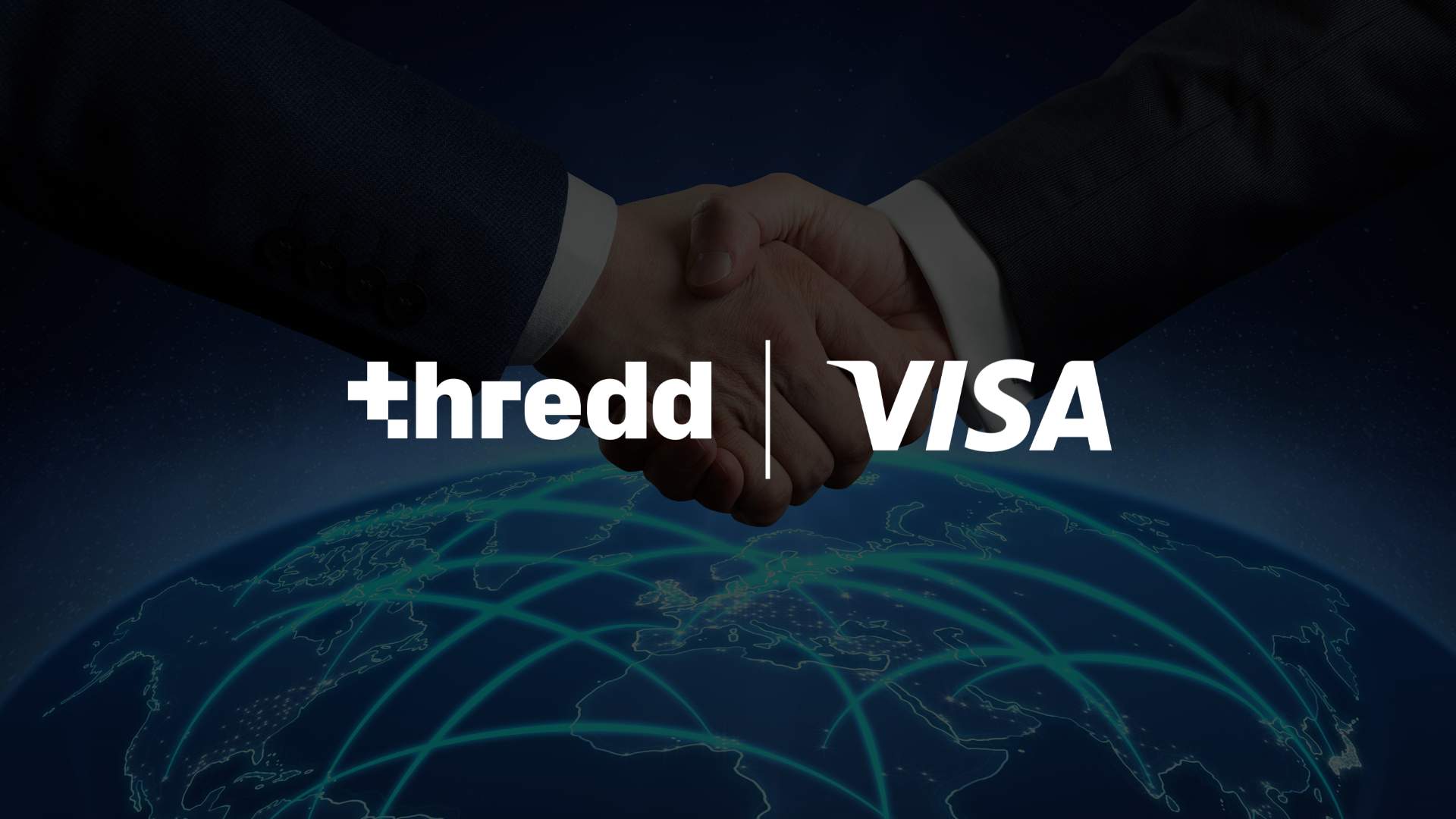PayPal Slashes Cross-Border Fees with New ‘Pay with Crypto’ Platform for U.S. Merchants

PayPal is making its boldest move yet into the world of crypto payments—and it’s all about cutting costs and complexity for global merchants.
Announced today, PayPal’s new Pay with Crypto platform is rolling out to U.S. merchants in the coming weeks, promising to reduce cross-border payment fees by up to 90%. The move puts PayPal in direct competition with traditional card processors and international payment networks, while opening new revenue channels by connecting merchants to the $3 trillion-plus global crypto economy.
The platform allows users to pay in over 100 cryptocurrencies—including BTC, ETH, SOL, and stablecoins like USDT and USDC—while merchants receive instant conversion to fiat or PYUSD, PayPal’s own stablecoin. The headline transaction rate? Just 0.99%, a fraction of typical international credit card fees, which can climb north of 5% once FX and processing are factored in.
Crypto Meets Commerce—Without the Complexity
For small businesses and global sellers alike, cross-border payments have long been a painful exercise in high fees, slow settlement, and opaque banking processes. PayPal’s answer is a unified, open payments stack that fuses traditional fiat rails with real-time crypto infrastructure.
This isn’t theoretical. “Imagine a shopper in Guatemala buying a special gift from a merchant in Oklahoma City,” said PayPal CEO Alex Chriss. “The business can accept crypto, increase profit margins, get near-instant access to proceeds, and even grow funds stored as PYUSD at 4%.”
That interest-bearing feature for held balances, currently offered on PYUSD, gives the platform a banking-lite edge—another shot across the bow of neobanks and international FX providers.
A Massive Network, Minimal Friction
Merchants who enable Pay with Crypto can accept payments from major wallets including Coinbase, MetaMask, Binance, Phantom, Kraken, and Exodus, with more integrations promised. That coverage spans the overwhelming majority of active crypto users worldwide—more than 650 million, by some estimates.
Combined with recent partnerships like PayPal World, which links five of the world’s largest digital wallets into one ecosystem, the platform gives merchants a seamless way to go global without the usual headaches.
It also plugs directly into Fiserv’s global network, signaling broader ambitions to make stablecoin payments—not just a novelty, but a mainstream tool for everyday business.
Not Just for Crypto Natives
The new platform could also appeal to freelancers, digital sellers, and global service providers, many of whom face steep FX charges or delayed payouts from traditional platforms. With instant crypto-to-fiat conversion, near-instant settlement, and the ability to store earnings in PYUSD with interest, the financial mechanics look increasingly like a real-time, borderless bank account.
And unlike speculative crypto schemes, the platform is built on regulated stablecoin infrastructure—specifically PYUSD, issued in partnership with Paxos and pegged 1:1 to the U.S. dollar. That helps mitigate volatility while maintaining the benefits of speed and cost reduction.
Regulatory Fine Print—and a Dose of Reality
Still, PayPal isn’t downplaying the risks. The company has attached a comprehensive set of disclosures outlining everything from regulatory uncertainty and NYDFS approval requirements to blockchain network risk, third-party wallet security, and lack of FDIC/SIPC insurance for digital assets.
In short: this isn’t a plug-and-play bank account, and there are limits—especially for users in New York and jurisdictions with tighter digital asset rules.
PayPal is also careful to flag that availability and legality may shift based on evolving laws. The terms stress that transactions are irreversible, and the responsibility for lost private keys or wallet access lies squarely with users.
PayPal’s “Pay with Crypto” is more than just another payment option—it’s a direct challenge to the status quo of cross-border commerce. With razor-thin fees, near-instant settlement, and a network that covers most of the global crypto market, the platform has the potential to dramatically reduce friction for small businesses and large merchants alike.



